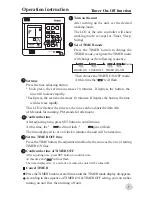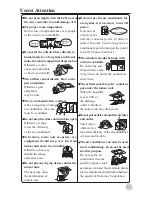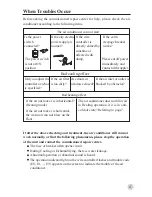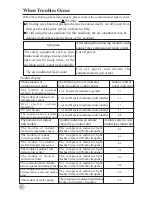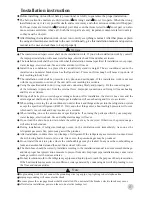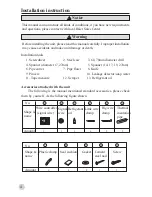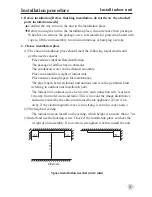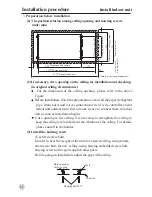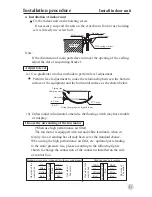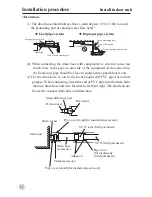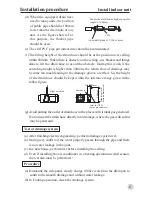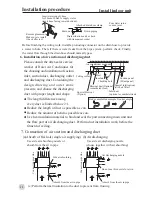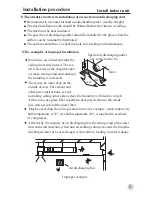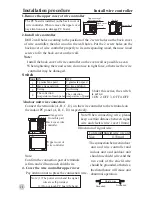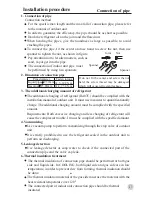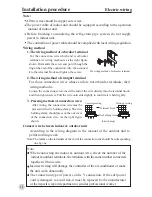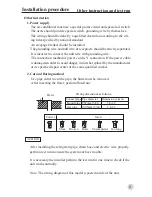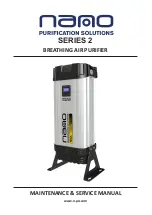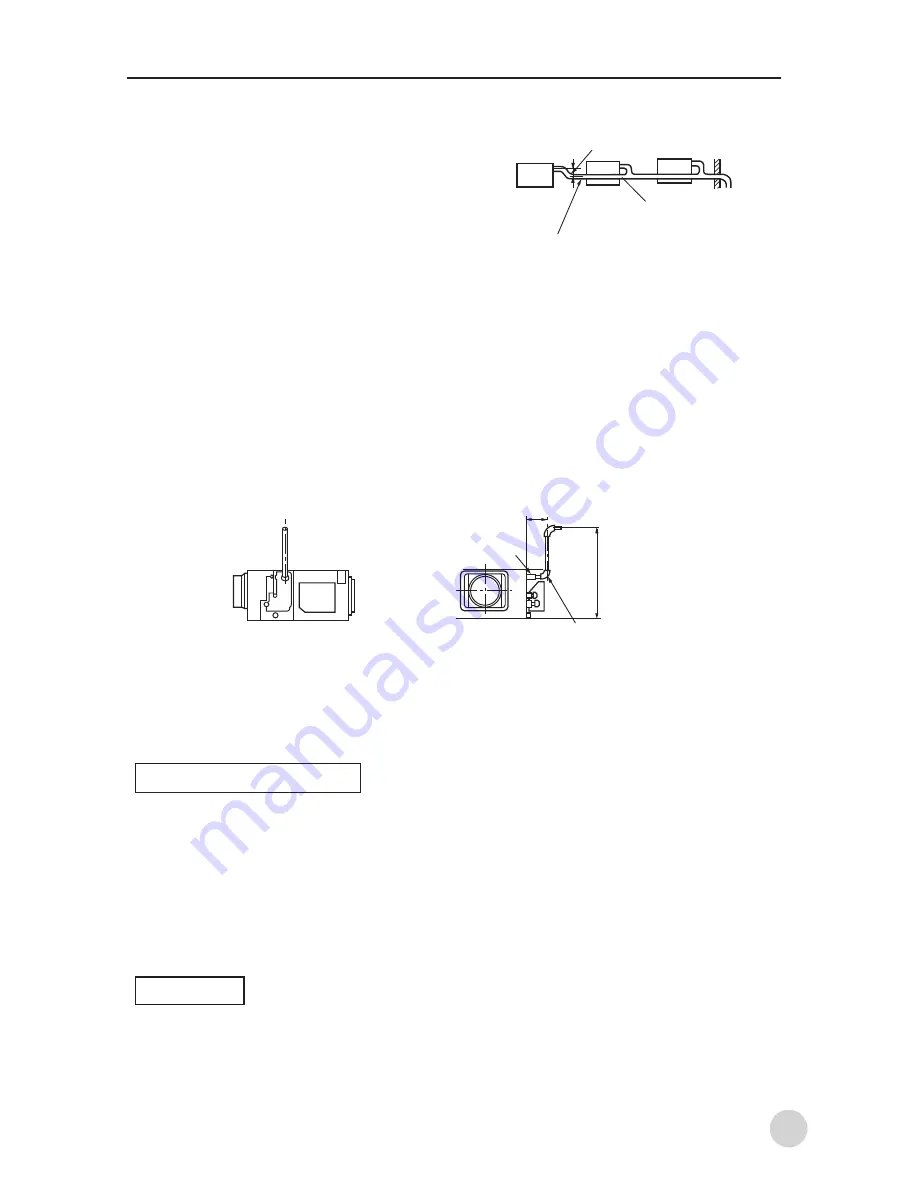
Installation procedure
Install indoor unit
(d) When the equipped drain hose
used to many units, the position
of public pipe should be 100mm
lower than the drain hole of any
unit. As the figure shown. For
this purpose, the thicker pipe
should be used.
(e) The stiff PVC pipe put indoor side should be heat insulated.
(f )The lifting height of the drain hose should be at the position over ceiling
within 500mm. When there is obstacle on the ceiling , use bracket and things
alike to lift the drain hose to avoid the obstacle. During this work, if the
extending height is higher than 500mm, the return flow of drainage may
become too much leading to the drainage groove overflow. So, the height
of the drain hose should be kept within the tolerance range given in the
follow figure.
(g) Avoid putting the outlet of drain hose in the places with irritant gas generated.
Do not insert the drain hose directly into drainage, where the gas with sulfur
may be generated.
Test of drainage system
(a) After finishing electric engineering, perform drainage system test.
(b) During test, confirm if the water properly passes through the pipe and there
is no water leakage in the joint.
(c) In a new house, perform test before installing the ceiling.
(d) Even if installing the air conditioner in a heating operation needed season,
the test also must be performed.
*
Procedure
(a) Dismantle the side panel, slowly charge 1000cc water into the drain pan to
confirm the smooth drainage and without water leakage.
(b) In Cooling operation, check the drainage system.
23
Right overhead
Joint for VP 25
(Local procurement)
600mm
290~325mm
Drain hose
(Maximum local
drain up dimension)
Secure the elevation as high as possible
(approx. 100mm)
A downhill grade of 1/100 or more
VP 30

